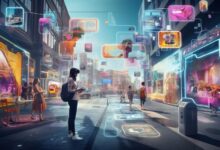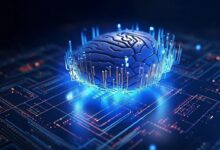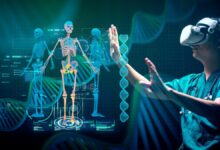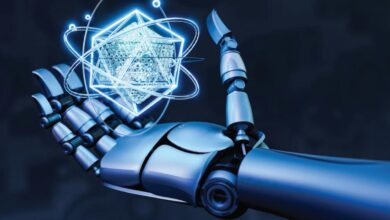Evolution of Smart Cities Create Livable Urban Environments
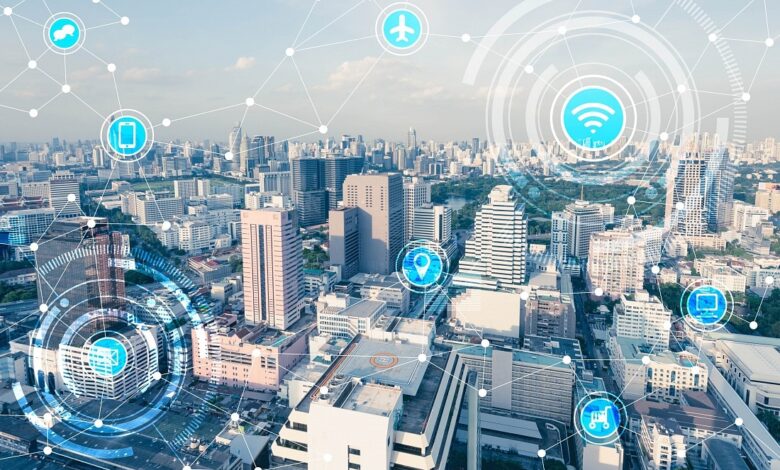
The concept of a smart city is no longer a futuristic vision but a present-day reality, evolving at a rapid pace across the globe. What began as an effort to integrate technology into urban infrastructure has blossomed into a comprehensive movement to create more efficient, sustainable, and livable urban environments. This evolution is driven by the convergence of the Internet of Things (IoT), artificial intelligence (AI), big data analytics, and next-generation networks like 5G. The goal is not just to make cities “smarter” but to make them more responsive to the needs of their citizens, addressing everything from traffic congestion and energy consumption to public safety and healthcare. This article will take a deep dive into the key pillars of the smart city evolution, the technologies powering this transformation, the challenges that still need to be addressed, and the profound impact on urban life and governance.
The Digital Foundation
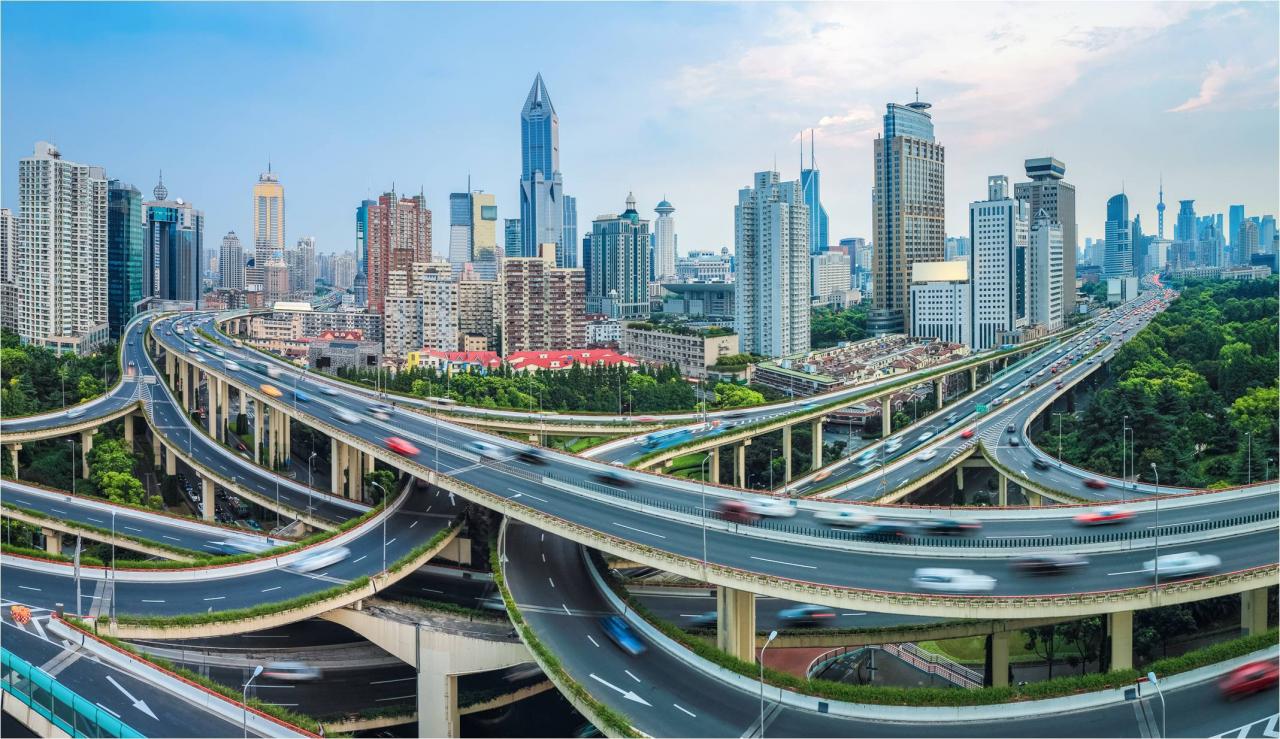
At the heart of every smart city is a nervous system of data. Sensors, devices, and cameras are deployed throughout the urban landscape, collecting a continuous stream of information. This data is the raw material that fuels the city’s intelligence.
A. The Internet of Things (IoT)
IoT is the foundational layer of the smart city. It’s a network of physical objects embedded with sensors, software, and other technologies to connect and exchange data with other devices and systems over the internet.
- Smart Transportation: IoT sensors are used to monitor traffic flow in real-time, allowing city authorities to optimize traffic signals to reduce congestion. They also track public transit, providing commuters with accurate arrival times and enabling dynamic routing.
- Smart Utilities: Smart grids use IoT sensors to monitor energy consumption in real-time, helping to balance supply and demand and reduce waste. Smart water meters can detect leaks, conserving a precious resource and preventing costly infrastructure damage.
- Smart Public Safety: Connected streetlights can dim or brighten based on the presence of pedestrians or vehicles, saving energy. Cameras with AI-powered analytics can help law enforcement respond to emergencies more effectively and monitor for criminal activity.
This network of connected devices is creating a living, breathing dataset of the city’s activities, providing unprecedented insights for urban planners and officials.
B. The Power of Big Data and AI
The sheer volume of data generated by a smart city would be useless without the ability to analyze it. Big data analytics and artificial intelligence (AI) are the brains of the operation.
- Predictive Analytics: AI algorithms can analyze historical data to predict future trends, from where traffic congestion is likely to occur to which parts of the city are at a higher risk of crime. This allows for a proactive rather than a reactive approach to urban management.
- Optimized Resource Management: AI can optimize the collection of waste by analyzing the fill levels of smart bins, creating more efficient routes for garbage trucks. It can also manage the flow of water and electricity in real-time, ensuring resources are distributed efficiently and equitably.
- Citizen Services: AI-powered chatbots and virtual assistants can provide citizens with real-time information about public services, from reporting a pothole to finding a parking spot.
This data-driven approach allows a smart city to operate with a level of efficiency and responsiveness that was once impossible.
Key Pillars of the Smart City
The evolution of smart cities extends beyond just technology; it is about creating a better quality of life for its residents.
A. Sustainable Urban Environments
A primary goal of smart cities is to reduce their environmental footprint and promote sustainability.
- Clean Energy Integration: Smart grids are being designed to seamlessly integrate renewable energy sources like solar and wind, reducing reliance on fossil fuels. Cities are also installing smart meters to encourage citizens to reduce their energy consumption.
- Efficient Waste Management: Smart waste bins with sensors can alert sanitation services when they are full, optimizing collection routes and reducing fuel consumption. This also helps to keep cities cleaner and more sanitary.
- Green Building and Infrastructure: Smart city planning encourages the development of green buildings that use technology to optimize energy use, ventilation, and lighting. Green roofs and urban gardens are also being integrated to combat the urban heat island effect and improve air quality.
B. Enhanced Mobility and Transportation
The smart city is designed to make it easier for people to get around, reducing congestion and promoting a healthier lifestyle.
- Integrated Public Transit: Smart public transportation systems use real-time data to optimize bus and train schedules, making them more reliable and convenient.
- Smart Parking: Apps and sensors can guide drivers to available parking spots, reducing the time spent circling and the associated emissions.
- The Rise of Micro-Mobility: The integration of shared e-scooters, e-bikes, and bike-sharing programs into the urban transport ecosystem provides citizens with more options for short trips, reducing their reliance on private cars.
The goal is to move from a car-centric model to a multi-modal one that prioritizes efficiency and sustainability.
C. Citizen Engagement and Inclusive Governance
The smart city’s ultimate purpose is to serve its citizens. Technology is being used to make governance more transparent and to empower residents.
- Open Data Portals: Many cities are making their data publicly available, allowing entrepreneurs, researchers, and citizens to create new applications and solutions that address local challenges.
- Digital Participation Platforms: Citizens can use apps to report problems, provide feedback on city projects, and participate in local governance, creating a more responsive and inclusive government.
- Accessible Services: Smart city technologies are being designed to be accessible to everyone, including the elderly and those with disabilities, ensuring that the benefits of the digital revolution are not limited to a select few.
Challenges and Opportunities
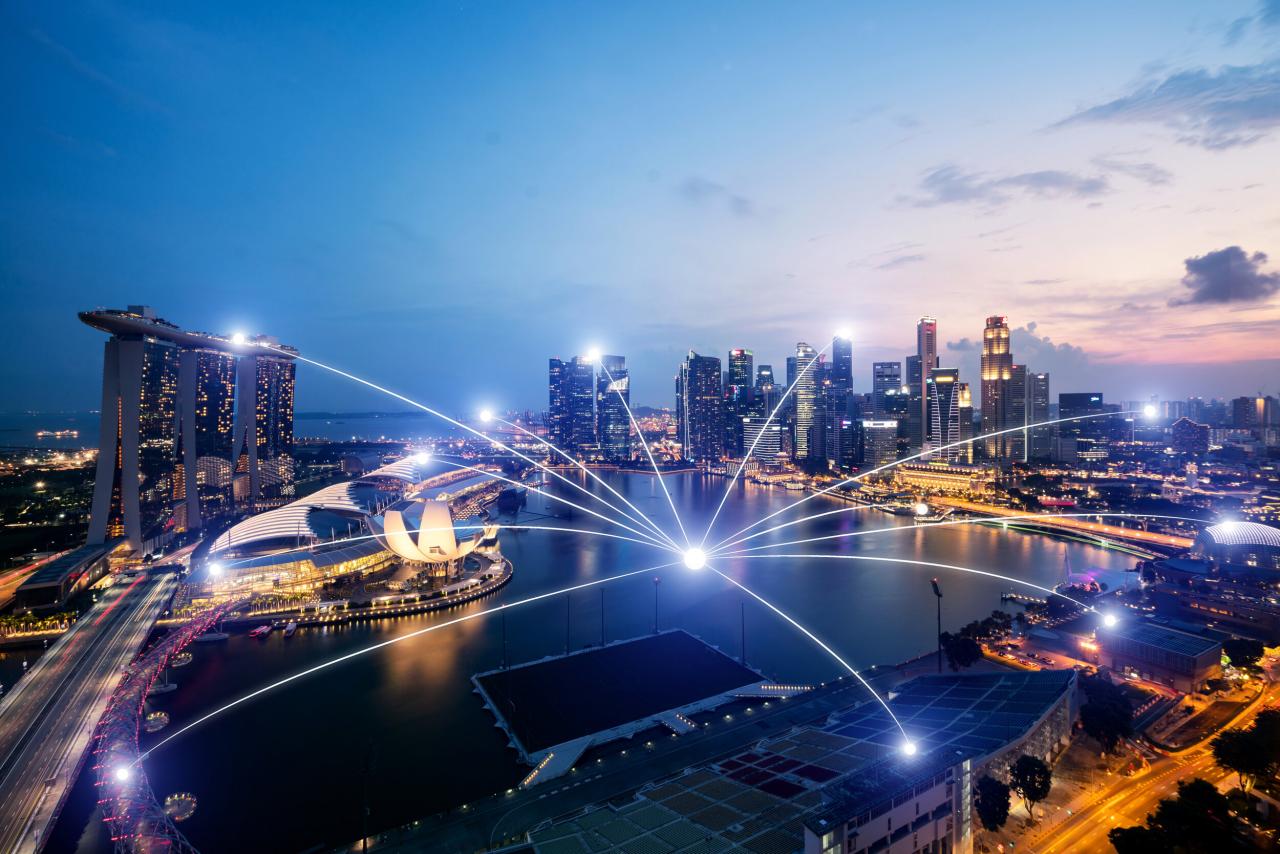
The evolution of smart cities is not without its challenges. Addressing these hurdles will be critical to ensuring that the smart city of the future is equitable, safe, and effective.
A. Data Privacy and Security
The collection of vast amounts of data about citizens’ lives raises serious concerns about privacy and security.
- Cybersecurity: The interconnected nature of a smart city’s infrastructure makes it a prime target for cyberattacks. A breach could disrupt essential services, from electricity and water to transportation and public safety.
- Surveillance: The use of cameras and sensors for public safety could be used for mass surveillance, raising concerns about individual freedom and civil liberties.
- Transparent Policies: There is an urgent need for clear and transparent policies on how citizen data is collected, stored, and used. Citizens must be empowered to understand and control their own data.
B. The Digital Divide
While smart cities offer immense potential, they also risk creating a new “digital divide” between those who have access to the necessary technology and skills and those who do not.
- Affordable Access: The benefits of a smart city are dependent on access to smartphones, computers, and a high-speed internet connection. Cities must work to ensure that these technologies are affordable and accessible to all residents.
- Digital Literacy: Educational programs are needed to ensure that all citizens, regardless of age or background, have the digital skills to fully engage with and benefit from smart city services.
C. The Human Element
At its core, a city is a collection of people. While technology can solve many problems, it cannot replace the human element of empathy, community, and social connection. The challenge is to use technology to enhance human interaction, not to replace it. Urban planning must be human-centric, creating spaces that foster community and belonging.
Conclusion
The evolution of the smart city is a powerful testament to how technology can be harnessed to create more efficient, sustainable, and livable urban environments. What began as a technological experiment has matured into a comprehensive vision for a more responsive and data-driven form of urban governance. The foundational layer of the Internet of Things, with its vast network of sensors, is creating a living, breathing dataset of the city, which is then analyzed by the powerful engines of big data and artificial intelligence. This data-driven approach is not merely about optimizing systems but about fundamentally redefining how a city functions, from a reactive model to a proactive one that can anticipate and solve problems before they arise. The tangible benefits are already visible in the form of smarter transportation, more efficient energy consumption, and enhanced public safety.
However, the true measure of a smart city’s success lies in its ability to improve the quality of life for all its citizens. The focus on sustainability, enhanced mobility, and inclusive governance demonstrates a recognition that technology must serve humanity, not the other way around. Yet, this journey is not without its significant challenges. The collection of vast amounts of data raises profound questions about privacy and security, demanding a new social contract between citizens and city authorities. The risk of a new digital divide, where the benefits of a smart city are concentrated in the hands of a few, must be addressed through a clear commitment to digital equity and accessibility. The final and most critical challenge is to ensure that as our cities become smarter, they remain human. The ultimate goal is not to build a city of technology, but to use technology to build a city that is more livable, connected, and equitable for everyone. This evolution is a continuous journey, and its success will ultimately be defined by its ability to balance technological innovation with a deep-seated commitment to human values.


